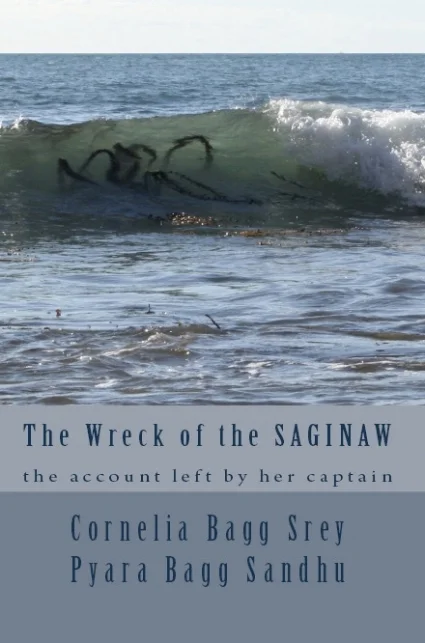October 28, 1870, Midway Islands: A 155-foot Navy steam sloop has just completed her mission – widen the entrance to a harbor for ships in the China trade. Before returning to San Francisco, however, her captain decides to make a detour. To the most remote island in the Hawaiian chain, to be sure no one is shipwrecked there.
But they hit a reef in the dark; now, they’re shipwrecked themselves.
When they don’t turn up in San Francisco a rescue ship will be sent out, but they’ll be looking for the crew in the wrong place – on the island they left the day before, fifty miles away.
This is a survivor’s account of the crew’s desperate attempts to save themselves, given by the captain to his cousin in 1885 and left in a desk drawer. A true story, published a century and a half after the wreck by members of the captain’s family.
The book includes George H. Read's The Last Cruise of the Saginaw.
" Cornelia Srey's book... based on a rare first-person document, adds a new perspective on this amazing remote-Pacific tale of shipwreck and survival... This is one of the... most heroic tales of distant loss and open-ocean rescue voyage ever told." Hans Van Tilburg, Ph.D., Maritime Heritage Coordinator of the NOAA Office of National Marine Sanctuaries and author of A Civil War Gunboat in Pacific Waters - Life on Board USS Saginaw
The authors thought the manuscript should be published because the story is as relevant today as it was a century and a half ago. In 1870 the barren atoll on which the men were shipwrecked was like the ends of the earth; they might as well have been stranded on Mars. The methods the captain used to explore their alien surroundings and utilize its resources, to keep morale up and his men working together, and to solicit ideas from his officers to devise a rescue plan - all of these transcend time. They would work as well today for the captain of a starship unable to return to Earth.
